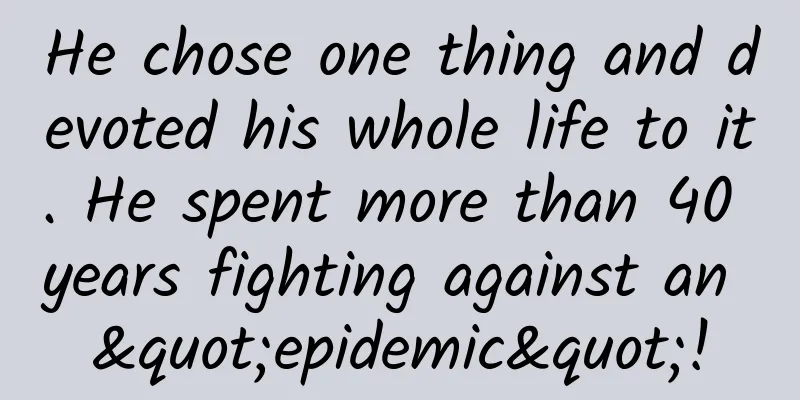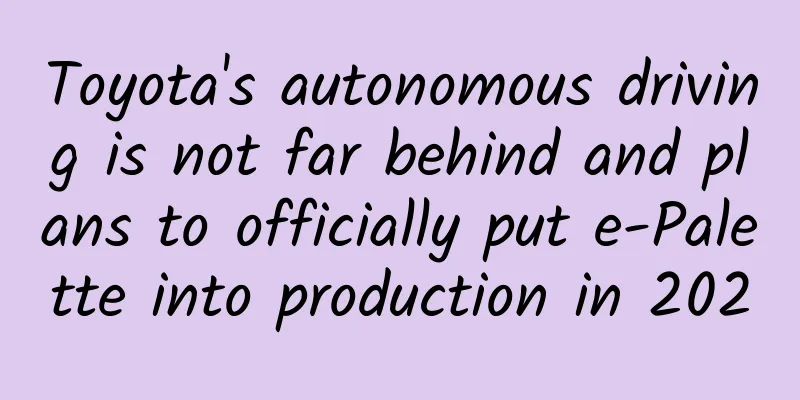Analysis of user marketing activity system!

|
There are many introductions to marketing activities for "individual consumer users" on the Internet, but there are few articles introducing marketing activities for "individual service providers/users" (hereinafter referred to as: Big C). Which users belong to Big C? 1. Big C Marketing Activity SystemFirst, let's take a look at the modules that the system should include: Then, we disassemble each module one by one: 1. Type of activityThe flow and components of an activity vary greatly depending on the type of activity. For example, "task-based activities" require users to pay more attention to their own progress in obtaining rewards, while "user PK-based activities" require users to pay more attention to the progress of their competitors. Activity types can be used to control different types of activities separately, which is conducive to the precipitation of common configurations such as activity templates. 2. Event creationGenerally includes two templates: activity rules + page configuration 1) Activity Rules Activity rules are the soul of an activity, and activity strategies are mostly reflected through rules. Here we take “task-based activities” as an example for analysis. This type of activity can be explained in simple terms as "Who does what and gets what reward?".
2) Page configuration Event-related pages usually include: entrance, event page, affiliated pages, and event sharing.
3. Reward ManagementRewards generally include cash rewards and physical rewards:
4. Activity maintenance (activity modification)The activity maintenance (activity modification) mentioned here mainly refers to the changes that occur after the activity is released online. The reason why activity creation and activity modification are separated is that the functions and processes involved in these two links are very different. Modifications made after the activity goes online need to be stored in the temporary storage area first, and then published after the modified content is reviewed and approved. In addition, an activity replication function can be added. Especially for activities that are run online for a long time and are carried out in a phased cycle, most of the rules do not change much, and copying activities can reduce the time of editing activities. Finally, remember to keep a log of your activity changes. 5. Event ManagementDisplay and query all configured activities, including activity status, type, name, time, etc. 6. Activity StatusThe activity status includes the review process status before release (1~6) and the status visible to users after release (7~9). The status varies depending on the business form and requirements. The following are the status of the activities I am involved in:
7. Activity Reach & Data Synchronization1) Activity Reach Activity reach includes reaching participating users and reaching collaborative roles. When reaching participating users, the form of reaching them should take into account the ports used by the users; when reaching out to nodes, the key nodes of the activity should be considered; and the purpose of reaching out to collaborative roles is to better support and promote the activity. 2) Data Synchronization Collaborative role data synchronization and observation data are sent out regularly. 8. Activity DataRefers to an active data warehouse that can observe data in multiple dimensions. It can effectively support data application and operational review and analysis. 9. Special ReminderFinally, don't forget to do special configuration, such as:
Depending on each industry and company strategy, different special configurations should be considered for support. 2. ConclusionAny system is designed to better support business goals. Nowadays, all industries are leveraging the Internet to improve their ecosystems. A complete operational activity system can respond to the market faster and more accurately, thus gaining competitive advantages for enterprises. Carrying out refined operations can help companies effectively improve data such as new customer acquisition, activation, retention, orders and sales. Function is like the structure of a product, and operation is the product's decoration. Even the best structure needs proper decoration to stand out. Sharpening the knife does not delay the chopping of wood. Having good tools can reduce the proportion of "tool man" type jobs. If you have other opinions or questions, please feel free to discuss in the comment section. I hope this article can help you... Author: Su Xiaojiang Source: Su Xiaojiang |
>>: Newbie Science: 79 Common Terms in Marketing
Recommend
Alipay's competition with WeChat in China is rapidly cooling down, but its overseas battle is getting more intense. What are the two Ma's fighting over?
Usage habits may eventually become an important f...
How does Shanda Games achieve automatic management of remote servers?
This article is the on-site dry goods of WOT2016 ...
Look here, how a marine life version of "Game of Thrones" is being staged?
The coral reef area of the Indian Ocean and the...
APP operation: 2 key operational points for launching new products!
For a new product that has just been launched on ...
Why is the Yellow River named Huang? A brief discussion on the origin of the name "Yellow River"
The Yellow River, which has been surging for thou...
Is Baidu Port Account better or Baidu Framework Account better?
Is Baidu Port Account better or Baidu Framework A...
iOS 9 Split Screen Multitasking: Picture in Picture (PiP) Quick Start (Chinese Version)
Follow the instructions in this section to use Pi...
Liu Xiaoying's "18 Lectures on Scientific Angel Investment"
Learn angel investment, avoid value risks, a supe...
Caiyou Academy · Douyin 0 basic short video practical course, new ideas for short video operation and making money, even zero fans can help you become popular
Caiyou Academy · Douyin 0 basic short video pract...
Wang Lin, 60 Lectures on the Business Philosophy of Hu Xueyan, the Richest Man
Hu Xueyan, a red-topped businessman who worked hi...
How much does it cost to produce the Dongying Supplements Mini Program? What is the production price of Dongying Supplements Mini Program?
WeChat Mini Program is an application that users ...
Why soil health is key to mitigating the climate crisis
Research shows that there is more carbon in soil ...
How to configure when renting and hosting a server?
Server leasing means that the server provider pro...
Overview of advertising in the second category of e-commerce industry in 2020
In 2020, due to the impact of the epidemic, a lar...
Search Promotion | Four Principles of Data Analysis
Many friends want to learn data analysis, so I wi...









